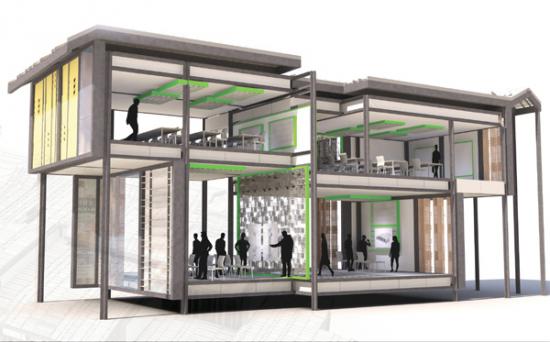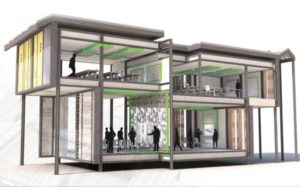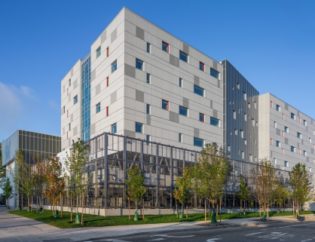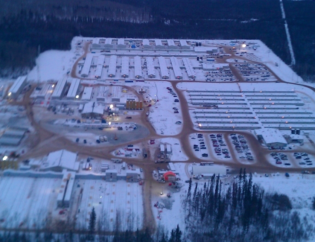
Most people have an idea about modular construction, that the buildings that are built modular aren’t permanent, but rather temporary. While this can be true, it’s certainly not the whole truth. There are two distinct divisions of modular buildings: permanent and relocatable. Permanent modular buildings are built to be, well, permanent, but with a few added bonuses. They create less waste, have higher quality controls, are built quicker, and are more energy efficient.
Relocatable buildings, on the other hand, are built either partially or completely, when there is a quick emergency or need for temporary housing, medical clinics, sales centres, or anything that meets the needs of a builder, with a fast delivery, ease of relocation, low-cost of reconfiguration, and massive flexibility. A perfect example of the need for a relocatable, temporary modular buildings is in times of emergency, floods, or disasters. Here’s a blog we wrote titled “Looking toward the future in the wake of a disaster.”
What both of these modular divisions, and the very nature of modular construction itself, have in common is the adaptability, reusability, and seamless deconstruction of their buildings, creating quicker build / de-build times, less total material waste, higher productivity, and more. This is because modular construction has 3 important characteristics built into the process:
- They’re not entirely site-specific. Other than the foundation of the building, the modules themselves are generally not built to be site specific, so they’re inherently designed for adaptability. For example, let’s say a school is built for future use in a place like Fort McMurray, but because of the ebb and flow of families relocating in and out of the city, they’re never sure of their capacity, how much space they’re going to need, or where exactly they’re going to put them. So the city leases multiple spaces throughout the city, and makes them available in case they’re needed. These modules are built and designed as back inventory, able to be delivered to multiple geographic locations, without knowing how many, or where, the units will be installed.
- Designed for deconstruction and reuse. Unlike a site-built structures, modular, and especially relocatable modular buildings, is often built with deconstruction and reusability in mind. This type of building saves the builder, who is able to save on material waste and re-use the building materials for a future build, a massive sum of costs. A stick-built structure is rarely, if ever, designed with their end of life in mind.
- Designed for transportation. Because transportability is built into the inherent structure of the buildings, the ease at which they can be deconstructed and re-used is built into the inherent structure of the buildings. In boom or bust cycle cities, modular structures have the advantage of moving to where the boom is, and moving to another boom city when the bust occurs.
In 2009, the EPA hosted their third “Lifecycle Building Challenge” which addressed the impact construction activity has on its surrounding environment. The common theme of that year’s event was, you guessed it, modular construction.
One of the highlights of the event was David Fleming’s “[Un]modular Design for Deconstruction.” His building, pictured below, shows the potential of a building that can change and adapt just about any element of the building, letting it evolve with time, or as innovations in materials and styles change.
As you can see, if you want adaptability, modular is the way to go. Want to know if your next construction project can be built modular? Either way, at Cormode & Dickson, we are an A to Z construction provider, able to take your project from conception to completion. Contact us for your free consultation!







